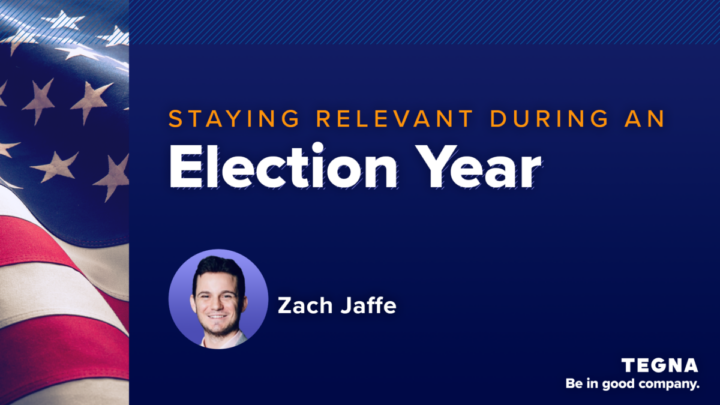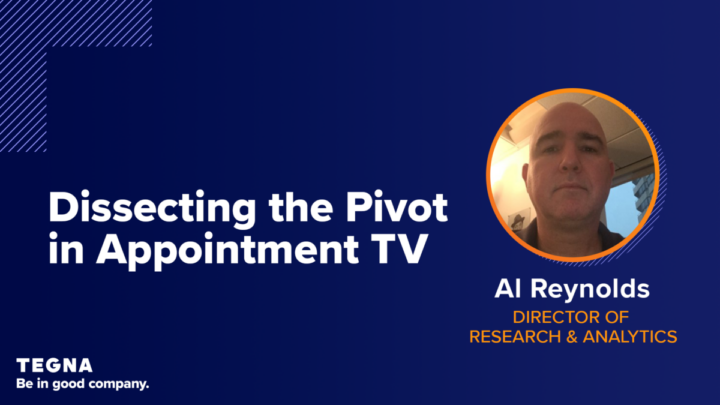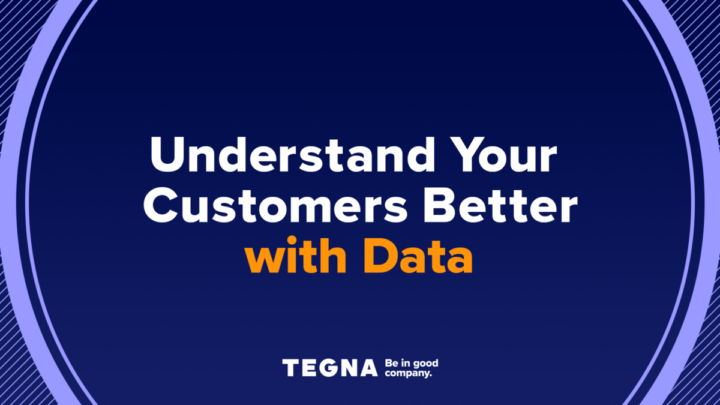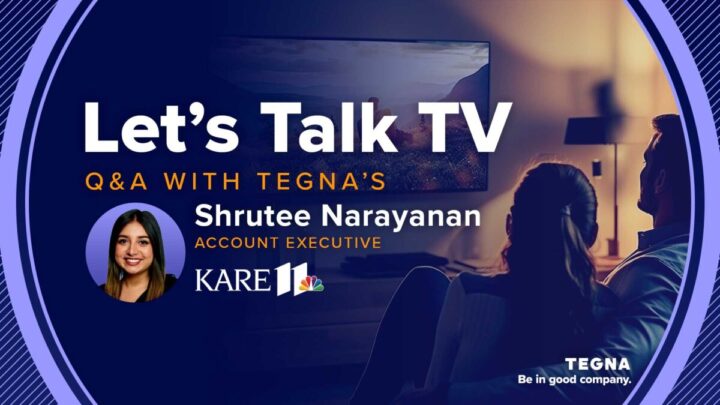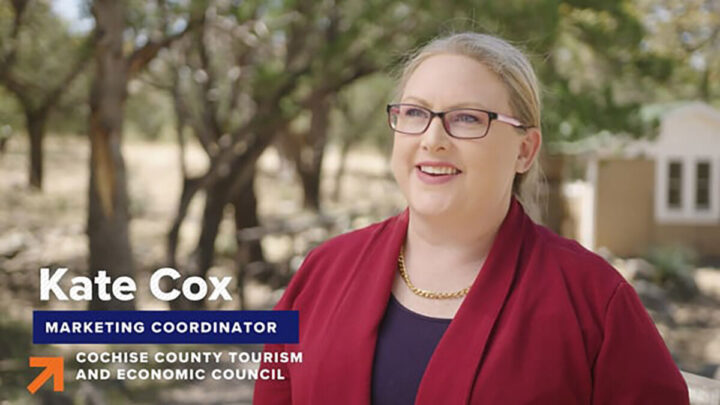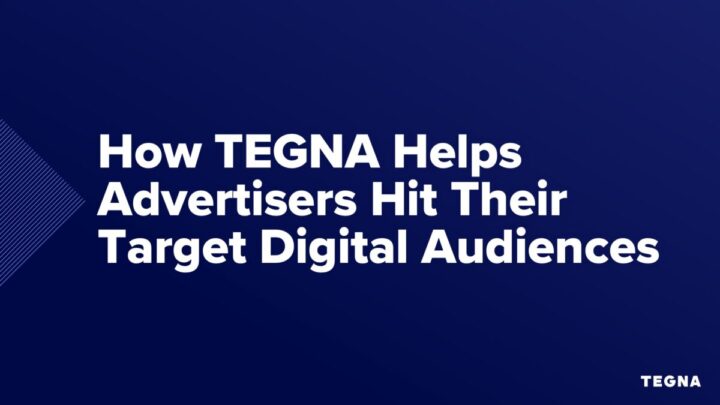Political Advertising at the State Level: 5 Questions to Ask
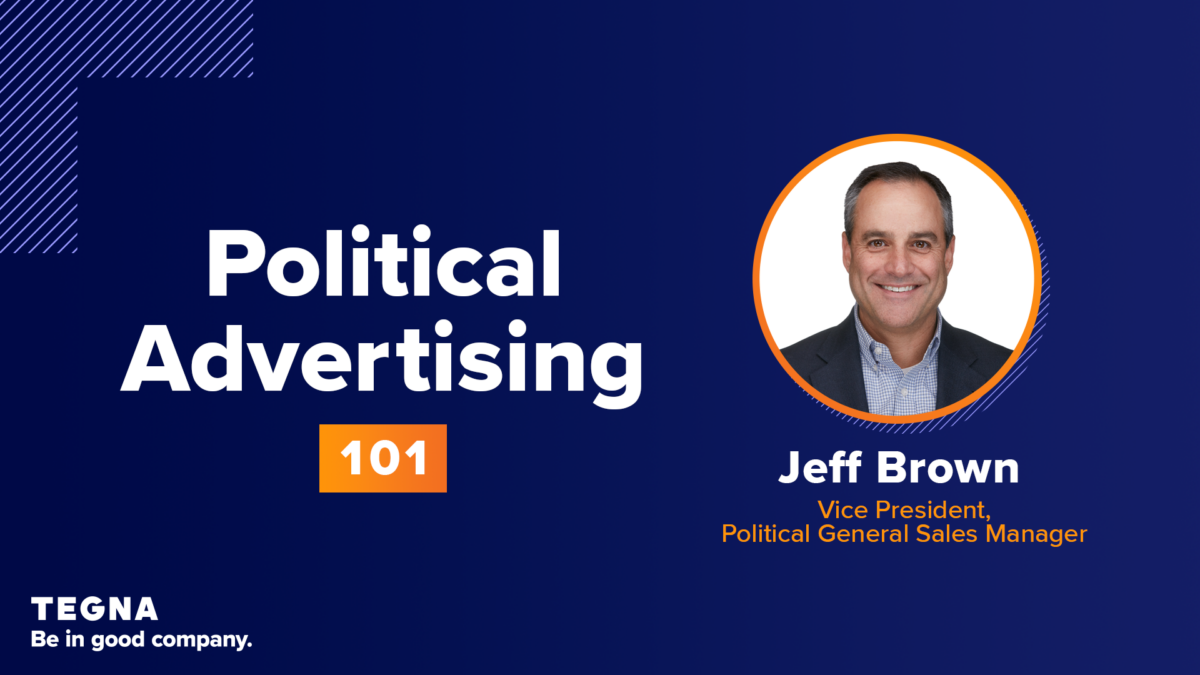
By Jeff Brown, TEGNA’s VP of Political Revenue and General Sales Manager
1. What is Political Advertising?
Political advertising focuses on promoting a person or an issue rather than a product, usually on a deadline dictated by an upcoming election or other time-sensitive event. As a result, political advertising often requires rapid decision-making and an ability to pivot messaging faster than is required for a commercial advertising campaign.
Products are tested before hitting the market, and non-political advertisers earn revenue every year based on the success of their products and/or services. They develop media plans and budgets for the following year based on how much money they made the previous year, and they typically have an entire quarter or year to plan their campaigns.
However, political advertising is typically very last-minute, and a few driving forces make campaign timelines much shorter.
First, an element of surprise can completely change the messaging and direction of a campaign on a dime. For example, a candidate may ad-lib while on the campaign and say something they never intended to say. Opposing candidates will respond to these comments, which can affect their position in the polls.
Second is how campaigns are funded. Political advertisers rely on fundraising and don’t necessarily know their budget for the year or month, as traditional advertisers do. Political advertisers need to know how much they have raised before they know how much they can spend.
Unlike other forms of business that can more easily operate on credit, political advertising typically is bought on a “cash in advance” basis. This doesn’t mean a candidate (or the agency for that candidate) can’t establish credit. Still, in most cases, the plan for a campaign is to spend every last dollar allocated to media to maximize reach and frequency.
TEGNA’s political ad sales team has been in the business for decades. With more than 100 years of combined experience, we are used to managing the quick turnaround needs of political advertisers.
Goals of Political Ad Campaigns
Every campaign’s ultimate goal is to get elected (or to progress their cause), but before candidates reach that goal, there are other targets to hit. The beginning of the cycle is typically geared to meeting fundraising goals, a critical piece of every campaign. As the cycle progresses, campaigns evolve to be more persuasive because it’s not just about raising money, it’s about trying to sway enough people to vote for your candidate or issue and ultimately to win the election.
This will continue until much closer to the election, likely around September. At this point, fundraising continues to be a priority, but then it becomes continuous persuasion and mobilization, which is the “get-out-the-vote” messaging.
Political campaigns are also different because ROI is measured by one factor: The election results. Ultimately, it doesn’t matter how the election is won; it is just the win that matters.
2. What Should I Know About Political Advertising at the State Level?
The current climate in Washington has been characterized as polarized and paralyzed, which is preventing action at the federal level. Therefore, we’re seeing more money and resources funneling to state and local races as interest and awareness explode, and voters come to understand how much local elections matter and have a direct impact on their day-to-day lives.
Races for governor, secretary of state, attorney general, treasurer, and school board are just a few of the offices and roles that have become more critical as local issues dominate the conversation. In fact, Madhive reports that the political races driving the most CTV ad impressions are
- Congressional 76.8%
- Local 16.6% (sheriffs, judges)
- Presidential 5.7%
- Gubernatorial 1.0%
As a result, we’re also seeing an increase in state-level ads surrounding issues like abortion protections since Roe v. Wade was overturned, gun control measures given the spike in mass shootings, and climate given the debate over global warming.
3. Where Should I Run Creative? Local Broadcast & Streaming TV
When raising money, a campaign typically allocates half its budget to media. The rest goes to staff, grassroots efforts, rallies, and travel. As far as media platforms go, broadcast TV will still be the most critical piece for a campaign. However, as voters’ viewing habits continue to evolve, there are more and more cord-cutting and streaming services, and advertisers need to shift their campaigns to reach their audience, regardless of media consumption.
Broadcast & Linear TV
I’ve spoken with dozens of consultants in the last six months, and every one of them agrees: You can only win an election with broadcast TV, which will continue to be the case.
Why? It’s all about scale. You need the numbers to win the election, and today’s political issues are creating many tight races. You need broadcast television’s power, scale, and reach to reach the largest, most engaged, and most diverse audience. Not only does broadcast offer local news related to local elections, but live sports are also a critical media buy to reach an audience that may only tune in to watch NFL games, the Olympics or other tentpole events like the Oscars and other buzzworthy programming.
Broadcast is also the most effective and efficient medium for reaching voters on a CPM cost-per-thousand basis.
CTV and OTT Streaming Television
Much like broadcast TV, advertising on streaming television (often referred to as CTV/OTT advertising) has the power of video to reach voters. Ad creative that visualizes how certain policies affect a person, neighborhood, or community is much more powerful and memorable.
Studies also show that the big screen is more effective for ad recall. CTV delivers every impression on a big screen, ads are non-skippable, and co-viewing is faster than mobile devices. These audiences often sit on a couch and are engaged with the content being viewed. However, when voters view it in a different environment, they may be distracted, often multitasking, and miss the ad altogether.
Overall, running a campaign with broadcast and CTV/OTT has proven to provide incremental reach and increase important KPIs like brand lift. It’s best to run an integrated campaign and not silo the two mediums.
Extended Reach & Advanced Targeting
Voter viewing habits are constantly evolving, and advertisers must adjust their campaigns to reach the audience where they are. Broadcast TV’s scale is huge, and we can extend that reach to the cord-cutters with streaming television’s precision targeting capabilities.
In congressional races and non-state-wide campaigns, we recommend focusing on a broad audience of 25+ who voted in the last two elections, along with a more nuanced audience or first-party data to attain scale. Given PREMION’s large list of high-quality, brand-safe streaming TV platforms and providers, our advertisers are easily reaching critical scale to positively impact campaigns.
4. What Disclosures Are Required for Political Advertising?
Various federal, state, and local laws and regulations require that candidates, issue advertisers, and/or platforms publicly disclose information about political ads.
On broadcast stations, FCC rules require political advertisements to state that the ad is “sponsored” or “paid for by” the advertiser. Some state and local laws require political ads to include further disclosures, such as identifying the advertiser’s top donors.
In addition, although all legally qualified candidates purchasing broadcast time during designated pre-election windows are generally entitled to pay the lowest rate the station charges for comparable spots, federal candidates’ spots must include specific candidate-approval language to be eligible for such “lowest unit rate” privileges.
Beyond in-ad disclosures, broadcast stations also must disclose certain information about political ads in their publicly accessible online political files, including records identifying the advertiser’s board members, executives, and other leaders. For ads by candidates (whether federal, state, or local) or that discuss issues of national importance, these online political files also must disclose the schedule and rates of the relevant spots.
Similar disclosure requirements – particularly with respect to in-ad disclosures – often apply to ads on digital platforms under federal, state, and/or local laws. In addition, candidates and other political advertisers are subject to various disclosure and reporting requirements under applicable campaign finance laws.
Candidates and other political advertisers should consult with experienced legal counsel to ensure they understand and comply with these and other obligations.
5. Are There Restrictions to Political Advertising Content?
Before we get into restrictions on broadcast, let’s understand there are typically two types of ads in a political campaign.
Candidate ads are those ads placed or authorized by a candidate that features the candidate, usually to promote the candidate’s accomplishments, values, and vision. The second type is issue ads, which advertisers place independently of any candidate. Issue ads often feature attacks on political opponents or may be used to support or oppose ballot initiatives or other policy positions not tied to a race for a specific office. Candidate and issue ads must disclose their sponsors and may be subject to various other disclosure requirements.
1. Candidate Ads
Candidate ads have certain privileges on broadcast stations under federal law. One such privilege is that stations may not reject candidate ads based on the ad’s editorial content. This protection is commonly known as the “non-censorship rule,” it applies only to candidate ads placed on broadcast stations, not ads on digital or other non-broadcast platforms. Candidates should bear in mind that the candidate remains legally responsible for the content of their ads, including any claims that an ad is libelous. Candidate ads must also comply with FCC and station technical requirements and include any required sponsorship disclosures.
2. Issue Ads
Issue ads are a different story. Stations have the discretion to accept or reject issue ad copy just as they do with other commercial spots. Issue advertisers should be prepared to provide stations with evidence substantiating all claims in the advertiser’s copy.
Finally, both candidate and issue ads are subject to certain other generally applicable content restrictions, such as the FCC’s restrictions on the broadcast of “obscene” or “indecent” material and its prohibition on using sounds that mimic the Emergency Alert System.
How to Elevate Your Political Advertising with Broadcast and CTV/OTT Streaming
At a local level, it all boils down to engagement – and local news broadcasts are essential. The people who tune in to local news tune in to the people making a difference in their communities.
In states with multiple highly competitive races, the only way to break through the clutter and reach voters with your message is to have it delivered at a time and on a channel when they are engaged and waiting for their programming to come back on.
Voters aren’t only engaged with local news, live sports, and entertainment content. They play fantasy sports, do polls for the Academy Awards, and participate in Super Bowl squares. Dancing with the Stars is still must-see TV. The engagement is there.
But it doesn’t stop there. In addition to broadcast, leveraging CTV/OTT streaming with broad and nuanced targeting helps with incremental reach, brand lift, and a winning strategy for the upcoming elections.
What’s the bottom line? Engagement is the key to getting people to vote in political campaigns.
Whether the contents of an ad are engaging or the content a voter is viewing is engaging (or both), reaching an engaged viewer is proven to increase awareness and retention of the message.
The more engaged viewers see people in their community, the more engaged they’ll be when listening to those in the community.
TEGNA’s Political Advertising Capabilities
Across broadcast, streaming, and digital platforms, TEGNA tells empowering stories, conducts impactful investigations, and delivers innovative marketing solutions to reach audiences across the country. TEGNA’s broadcast and PREMION’s Streaming CTV/OTT advertising solutions offer political campaigns the best combination of capabilities to ensure voters hear their message. To begin political advertising with TEGNA, contact us.

